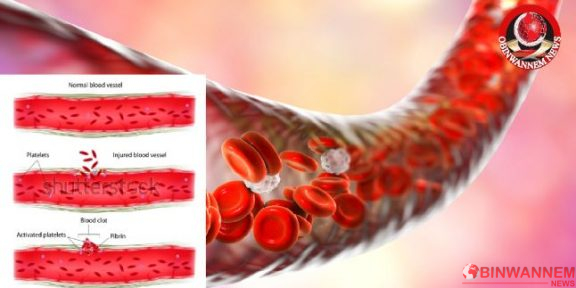Cataracts are a common yet potentially debilitating eye condition that can affect people of all ages. They occur when the lens of the eye becomes clouded, leading to blurred vision and if left untreated, can significantly impact one’s quality of life. In this article, we will delve into the causes, symptoms, and available treatment options for cataracts.
What are Cataracts?
– Cataracts result from the natural ageing process and the accumulation of protein in the eye’s lens, leading to clouded vision.
– Other causes include genetic factors, trauma to the eye, certain medications, and systemic diseases like diabetes.
Symptoms of Cataracts:
– Blurred, hazy, or foggy vision
– Sensitivity to light or glare
– Difficulty seeing at night
– Colors appearing faded or yellowed
– Double vision in one eye
– Frequent changes in glasses prescription
– Difficulty reading or performing daily tasks
Diagnosis and Treatment:
– Comprehensive Eye Examination: An ophthalmologist will conduct a series of tests to diagnose cataracts, including a visual acuity test, dilated eye examination, and tonometry to measure intraocular pressure.
Non-surgical Management: In the early stages, cataract-related vision changes can be managed with new glasses, anti-glare sunglasses, or magnifying lenses.
– Surgical Treatment: Once cataracts begin to impair daily activities significantly, surgery becomes the most effective treatment option. The cloudy lens is replaced with an artificial intraocular lens through a procedure called phacoemulsification.
Cataract Surgery:
– Phacoemulsification: The surgeon creates a small incision in the cornea and uses ultrasound waves to break up the clouded lens, which is then removed through suction.
– Intraocular Lens Implantation: Once the cataract is removed, an artificial lens is implanted to restore vision. This lens can often correct other pre-existing refractive errors like nearsightedness or farsightedness.
– Recovery and Results: Most patients experience improved vision within days or weeks, and full recovery is typically achieved within a few months.
Prevention and Lifestyle Changes:
– Protecting the eyes from excessive sunlight by wearing sunglasses with UV protection.
– Quitting smoking, as smoking has been linked to an increased risk of cataracts.
– Maintaining a healthy diet rich in fruits, vegetables, and antioxidants.
– Regular eye exams to detect cataracts early and monitor their progression.
In conclusion, Cataracts can significantly impact an individual’s ability to see clearly and perform daily tasks. However, with advancements in medical technology, cataract surgery has become a safe and highly successful procedure, restoring vision and improving the overall quality of life for millions of people worldwide. Early detection, regular eye exams, and adopting a healthy lifestyle can play a crucial role in preventing or managing cataracts. If you suspect you may have cataracts or experience any changes in your vision, it is advisable to consult an ophthalmologist for a comprehensive eye examination.

















